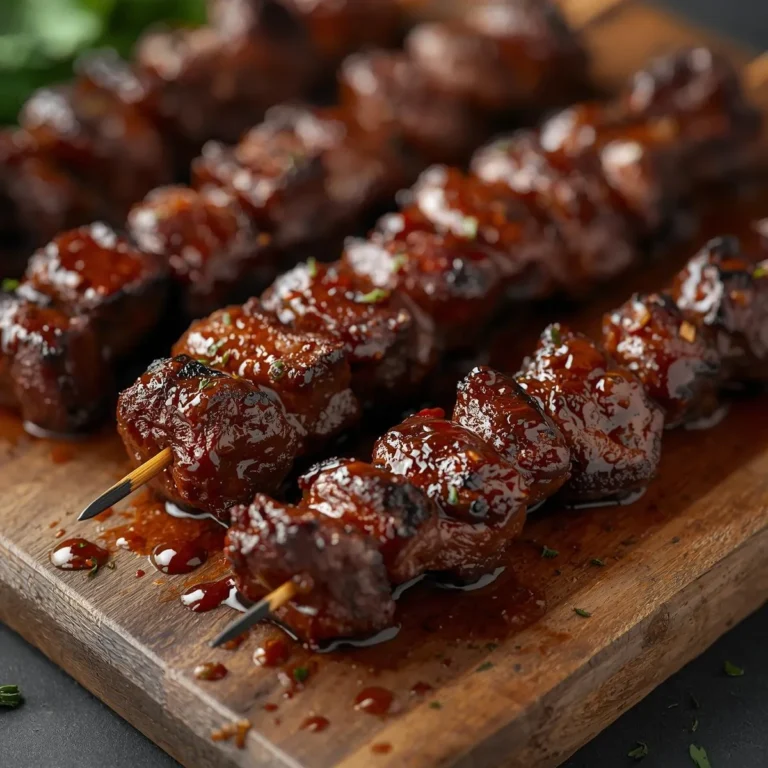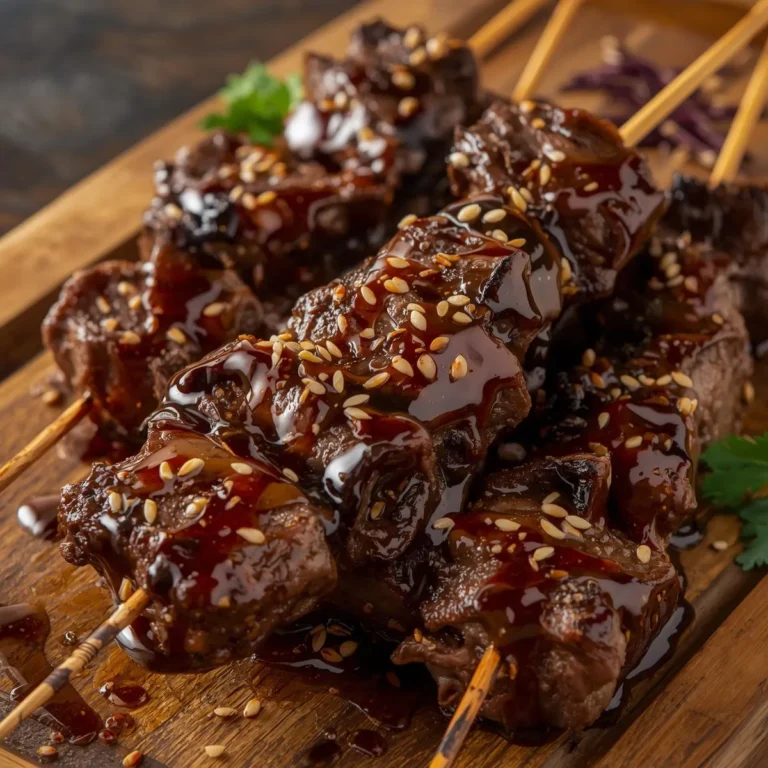Sushi rolls have transcended from traditional Japanese cuisine to a global culinary sensation. Whether you’re a sushi lover or a beginner eager to try your hand at making sushi at home, mastering sushi rolls can seem daunting—but it doesn’t have to be. In this comprehensive guide, we’ll explore everything from the basics of sushi rice to advanced rolling techniques, health benefits, and creative recipes that will elevate your sushi game.
1. Understanding Sushi Rolls
Sushi rolls, also known as makizushi, are made by rolling seasoned rice and fillings in a sheet of nori (seaweed). The rolls can vary widely, from classic options like California Rolls to exotic creations with fresh fish, vegetables, and sauces. Sushi rolls are not only delicious but also visually stunning, making them a favorite for both casual dinners and elegant parties.
Types of Sushi Rolls
- Maki Rolls: Traditional rolls wrapped in nori with rice and fillings inside.
- Uramaki Rolls: Inside-out rolls with rice on the outside and nori inside.
- Temaki Rolls: Hand-rolled cones filled with rice and ingredients.
- Specialty Rolls: Creative rolls with sauces, toppings, or fried elements.
2. Essential Ingredients
Making sushi rolls starts with selecting the right ingredients. Quality is key, especially for fresh fish. Here’s a list of essential ingredients:
Rice
Sushi rice, or shari, is short-grain rice seasoned with rice vinegar, sugar, and salt. Proper rice preparation is crucial for sticky, flavorful sushi.
Nori (Seaweed Sheets)
Nori provides structure and a slight ocean flavor. Choose high-quality sheets that are crisp and dark green.
Fillings
Fillings can be traditional or creative:
- Proteins: Tuna, salmon, crab, shrimp, or tofu
- Vegetables: Cucumber, avocado, bell peppers, carrots
- Extras: Cream cheese, tempura flakes, tobiko (fish roe)
Condiments
Soy sauce, pickled ginger, and wasabi are traditional accompaniments that enhance flavor.
3. Tools Needed for Perfect Sushi Rolls
While sushi can be made with minimal tools, having the right equipment makes rolling easier and more precise:
- Bamboo Mat (Makisu): Essential for rolling sushi tightly.
- Sharp Knife: For clean cuts without squishing the roll.
- Rice Paddle: For mixing rice with vinegar.
- Plastic Wrap: Optional, for easier rolling and cleanup.
4. Step-by-Step Guide to Making Sushi Rolls
1: Prepare Sushi Rice
- Rinse 2 cups of sushi rice under cold water until water runs clear.
- Cook rice using a rice cooker or on the stove.
- Mix cooked rice with 1/4 cup rice vinegar, 2 tbsp sugar, and 1 tsp salt.
- Let rice cool to room temperature.
2: Prepare Fillings
Cut vegetables and proteins into thin, even strips for consistent rolls.
3: Assemble the Roll
- Place nori shiny side down on bamboo mat.
- Spread a thin layer of rice evenly over nori, leaving 1 inch at the top.
- Lay fillings horizontally across the middle.
4: Roll Sushi
- Lift edge of bamboo mat and begin rolling tightly.
- Use gentle pressure to shape the roll without crushing ingredients.
5: Cut and Serve
- Wet a sharp knife with water to prevent sticking.
- Slice roll into 6-8 pieces.
- Serve with soy sauce, pickled ginger, and wasabi.
5. Creative Sushi Roll Recipes
California Roll
- Crab or imitation crab
- Avocado
- Cucumber
- Inside-out with sesame seeds on top
Spicy Tuna Roll
- Fresh tuna mixed with spicy mayo
- Cucumber
- Topped with sriracha and sesame seeds
Veggie Delight Roll
- Avocado
- Carrot
- Cucumber
- Bell pepper
- Ideal for vegetarians
Tempura Shrimp Roll
- Crispy tempura shrimp
- Avocado
- Cucumber
- Drizzle with eel sauce
6. Tips for Perfect Sushi Rolls
- Don’t overfill: Too much filling can make rolling difficult.
- Use fresh ingredients: Quality fish and vegetables make all the difference.
- Keep hands wet: Prevents rice from sticking while handling.
- Chill before slicing: Refrigerate rolls for 10 minutes for cleaner cuts.
- Experiment: Try different textures, colors, and flavors for unique rolls.
7. Health Benefits of Sushi Rolls
Sushi rolls can be a healthy meal option when made with fresh ingredients:
- Rich in Omega-3: Fatty fish like salmon and tuna support heart health.
- Low in Calories: Vegetable-based rolls are light and nutrient-dense.
- High in Protein: Fish, tofu, and eggs provide essential proteins.
- Vitamins and Minerals: Seaweed, avocado, and vegetables boost nutrients.
8. Sushi Etiquette and Serving Tips
- Eat with chopsticks or hands, depending on tradition.
- Dip rolls lightly in soy sauce; avoid soaking.
- Pair with green tea for an authentic Japanese experience.
- Garnish with sesame seeds, thinly sliced veggies, or microgreens for presentation.
9. Sushi Rolls for Special Occasions
Sushi rolls can be a show-stopping dish for parties, birthdays, or dinner gatherings. Consider:
- Rainbow Roll: Layer colorful fish and avocado for a vibrant platter.
- Party Sushi Platter: Mix different rolls and serve with wasabi, pickled ginger, and sauces.
- DIY Sushi Station: Let guests create their own rolls with various fillings.
10. Common Sushi Mistakes to Avoid
- Using cold rice: Rice must be at room temperature for proper rolling.
- Cutting with a dull knife: A sharp knife ensures clean, professional slices.
- Overstuffing rolls: Rolls may break or look messy.
- Using low-quality nori: Cheap nori can taste bitter or tear easily.
11. Storing and Reheating Sushi Rolls
- Short-term storage: Wrap in plastic and refrigerate up to 24 hours.
- Avoid freezing: Freezing affects rice texture.
- Serve fresh: Sushi is best enjoyed immediately for flavor and texture.
12. Sushi Rolls Around the World
- Japan: Traditional sushi emphasizes simplicity and freshness.
- USA: Creative rolls like California Roll and Dragon Roll became popular.
- Europe: Fusion rolls with unique sauces and ingredients are trending.
- Asia: Variations include Korean kimbap or Thai sushi with tropical fruits.
Conclusion
Sushi rolls are more than just food—they are an art form, a celebration of flavors, and a culinary adventure. By mastering the basics of sushi rice, nori, and rolling techniques, you can create beautiful, delicious rolls at home. Experiment with ingredients, try new recipes, and elevate your sushi-making skills to impress family, friends, or even yourself. From classic California Rolls to creative specialty rolls, sushi offers endless possibilities for flavor, nutrition, and fun.






